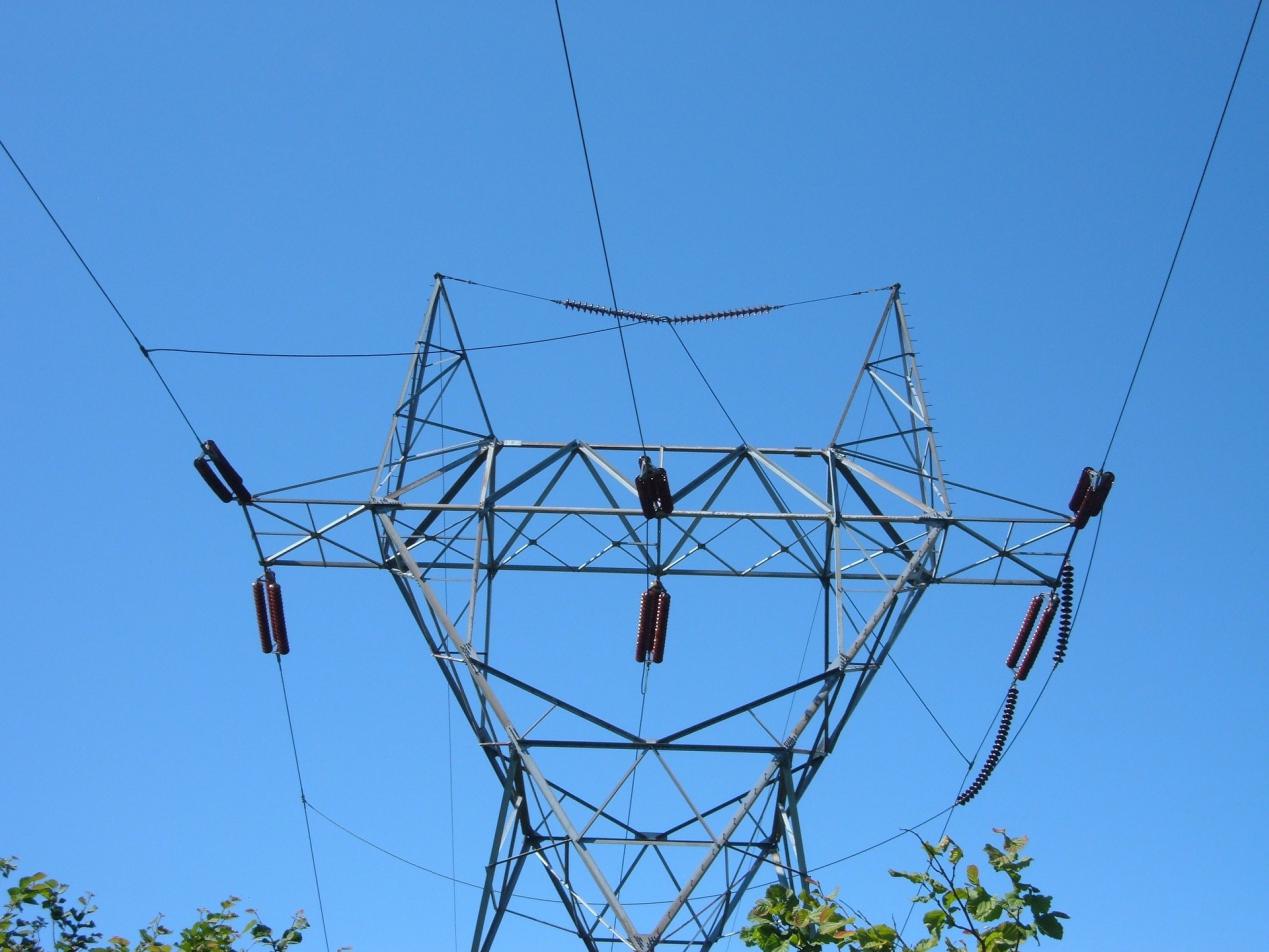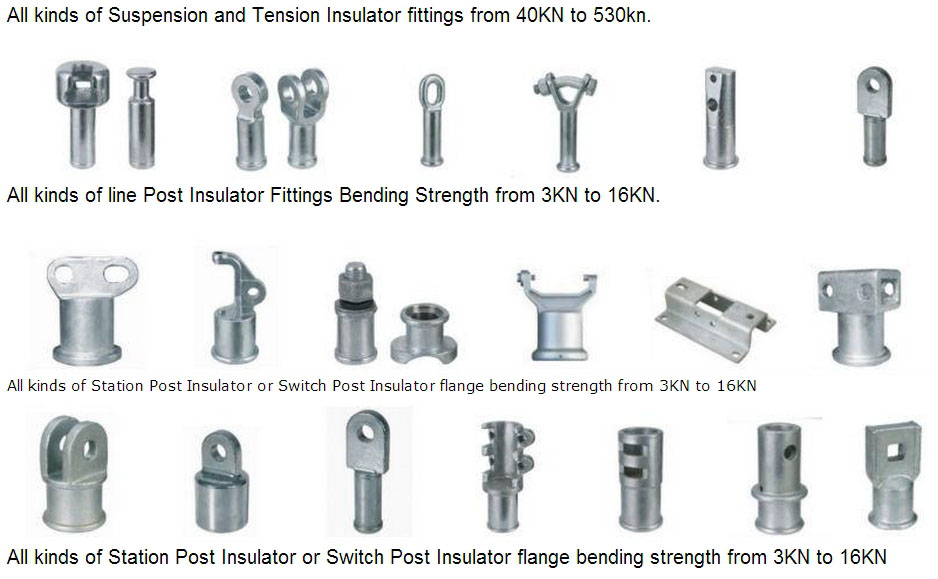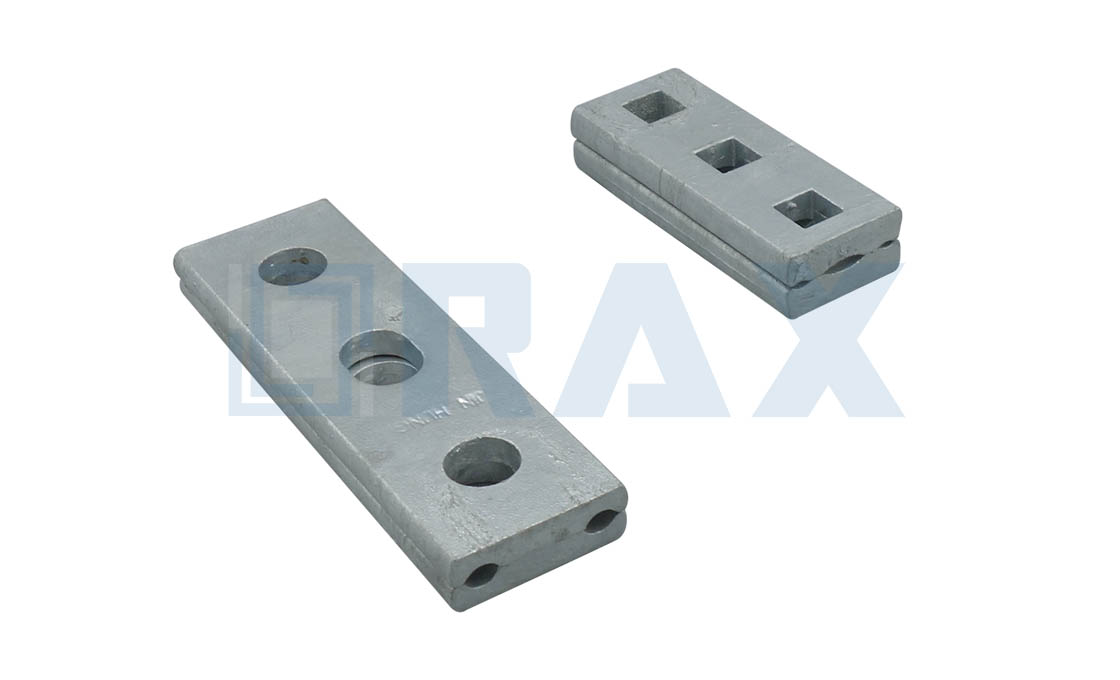
When buying pole hardware, such as pole line hardware, steel cross arm, fastener, ADSS accessories, insulator, or power fitting, your concern should be about quality. The hardware should be of high quality so that it can serve its purpose well.
A quality pole line fitting also tends to be durable. It will serve you for long.
Since pole line hardware is used for electrical purposes, safety is just among the issues that the hardware should address. The pole line equipment should guarantee the highest safety levels.
To achieve all these goals, the pole line hardware manufacturer should conduct vigorous testing procedures before supplying the hardware to the market.
As a buyer, you can only be sure about a pole line equipment if it has gone through all the necessary quality testing procedures.
Table of Contents
Importance of Quality Test for Pole Line Hardware
Testing a pole line hardware has numerous advantages both to the buyer and the pole line hardware manufacturer.
Some of these benefits include:
-Quality of hardware: As a buyer, you can be sure that the quality of the hardware will be up to standard.
All the defects of the pole line hardware will have been unmasked and rectified.
As a manufacturer, you will have a reputation for selling quality pole line equipment.
-Safety of the hardware: Through the testing procedures, all the safety aspects of the pole like the hardware will be highlighted.
We ensure that our powerline hardware meets the highest safety standards.
-Test the functionality of the hardware when exposed to different conditions: Through a quality testing procedure, we are able to tell how the pole line hardware can perform when subjected to different physical and environmental conditions.
-Test compatibility of the hardware: Even though the power line hardware may be of high quality, it can fail to be compatible with other related pole line equipment.
Through testing, we are able to uncover the issue of compatibility.
Types of Quality Test for Powerline Hardware

types of insulator fittings
To ensure that the overhead power line hardware meets all the necessary requirements, there are three main types of tests that we subject them to.
These tests are Type test, Routine test and Sample test. According to the testing method they also can be devided into: galvanized thickness test, loading test, gauges test,and so on.
To give you a clear picture, we are going to tell you the meaning of each test, what happens during the test and why it is important to carry out that particular test.
1. Type Test
Also known as conformance testing or compliance testing, this is a type of testing that is carried out to determine whether the power line hardware matches the required technical specifications.
One of the key reasons for type testing is to determine the reliability of the power line hardware.
It ensures that you can fully depend on the equipment fight from the time that you have installed it and even for future use.
Type testing helps to eliminate cases of electrical faults which are usually caused by using faulty power line hardware.
A well-designed power line hardware should be able to serve properly for many years without any problem.
It is through type testing that the manufacturer can test the behavior of the hardware when subjected to different physical and environmental factors.
This can be when the power line hardware is subjected to extremely warm or extremely cold temperatures.
How will it react? The answer will be derived from a vigorous type testing procedure.
Type testing paves room for customization of the pole line hardware.
If you want a power line hardware to be customized according to your specification, the manufacturer will have to test the new changes by doing type testing.
Key physical attributes of the equipment will be highlighted during the testing.
2. Sample Testing
This is another important type of testing that we carry out on all our powerline equipment for sale.
After all the electrical power line hardware has been manufactured, there is always a need to test whether all of them are in perfect condition.
This is where the sample test comes in handy. A small sample is picked to represent the rest of the pole line equipment.
This sample is studied, analyzed and its results are produced.
From the sample test, you can easily make judgments about other powerline hardware that is from the manufacturer.
Sample testing usually begins by picking a group of electrical powerline hardware randomly.
This sample is then subjected through a series of tests so that we know whether they are ready for the market.
The result of sample testing is collected, tabulated then analyzed. These results will be a representation of the whole group of the power line hardware.
3. Acceptance Test
The core purpose of the acceptance test is to ensure that the manufactured powerline hardware meets the minimum requirements as stated in the contract.
In the area of power line hardware manufacturing, the acceptance test entails doing physical tests and performance tests.
The physical test is done to ensure that the material and the design of the hardware do not have any serious flaws.
On the other hand, a performance test ensures that the hardware performs as required when installed.
Acceptance tests can be viewed from two different aspects. These are user acceptance tests and factory acceptance tests.
User acceptance testing is conducted to ensure that the hardware works for the user.
The results are usually compared with the specifications if the user.
Factory acceptance testing is usually carried out to ensure that the powerline hardware is in line with the specifications that were set by the factory.
Power Line Hardware Testing at RAX Industry

Three-bolt guy clamp
At RAX Industry, we are known for designing, manufacturing, and supplying quality pole line hardware in China.
One of the factors that make us stand out is the vigorous tests that we carry out on our powerline equipment.
We subject all of them to various tests so that they are in line with international standards.
We have experienced testers and inspectors who check each product before it is released to the market.
All our test and inspection activities are guided by the ISO1461 standards.
Frequently Asked Questions
To conform to stringent requirements published by governments and agencies,electric facilities must pass electrical testing described in IEC 60335, IEC 61010, and many other national and international standards.
Electrical testing involves numerous aspects of the pole line hardware, some of these include:
1. Quality of hardware
2. Safety of the hardware
3. The functionality of the hardware when exposed to different conditions
4. Test compatibility of the hardware
To ensure that the overhead power line hardware meets all the necessary requirements, there are three main types of tests:
1. Type Test
2. Sample Testing
3. Acceptance Test